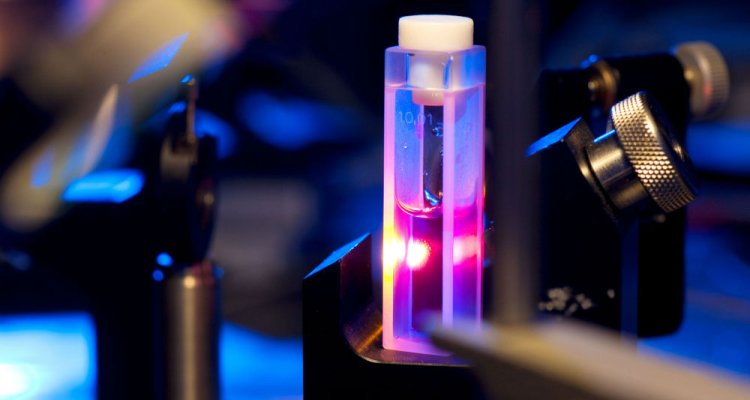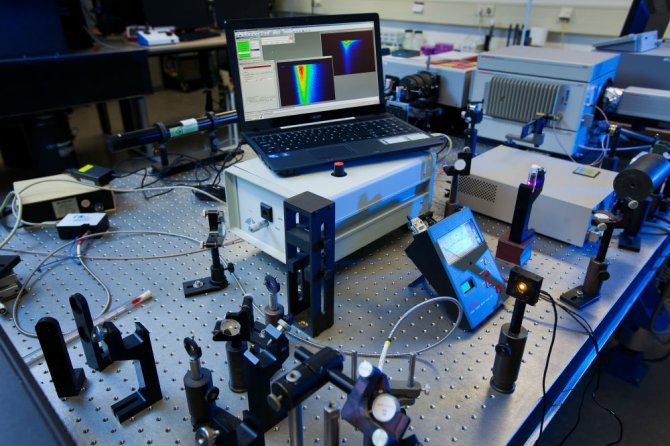
Project
Photosynthetic light harvesting: dynamics and acclimation
Now that large parts of the structure of photosystem II and photosystem I have been determined, we will study in detail several physical processes that occur at the molecular level in photosynthetic systems.
In this programme we focus on the physics behind non-photochemical quenching (NPQ). NPQ is a reversible protection mechanism that is turned on in bright sunlight. It protects the plant against over-excitation and thereby against photo-inhibition by transforming excess excitation energy into heat.
Green plants have an effective method of capturing and processing sunlight. The plant diverts the absorbed photons (light particles) to an internal processing unit, the reaction centre, where a series of chemical reactions convert the energy into electrons and protons needed to produce molecules like sugar. In bright sunlight, however, the reaction centre is unable to process the electrons and protons it produces quickly enough. This can damage the plant severely, whereby so-called free radicals cause chemical damage to proteins and lipids, causing tissues to die off.
To prevent the next absorbed light particle from being sent to the reaction centre before the previous one has been completely processed, plants deploy various protection mechanisms that convert some of the absorbed light into harmless heat.

Protection against overdoses of sunlight
To activate this protection system, the plant triggers various enzymes. This effect lasts some tens of seconds to several minutes. In fluctuating light, for example when leaves are blown by the wind, it can result in costly energy losses. The importance of the moment of activating and deactivating the protection was demonstrated by researchers in the US in 2016. They showed how modified tobacco leaves, of which the activation and deactivation process had been sped up considerably, produced up to 15% more biomass.
Plants respond faster than expected
Although the activation process initially lasts tens of seconds, once the protection has been activated the system can respond to the state of the reaction centre almost instantaneously. If the reaction centre is still processing the previous energy package, a new incoming package is converted into heat; but if the reaction centre is available, then a much smaller fraction is converted into heat and so the energy losses are limited.
Despite a large amount of scientific research worldwide, the process is still poorly understood and it probably consists of many different sub-processes.